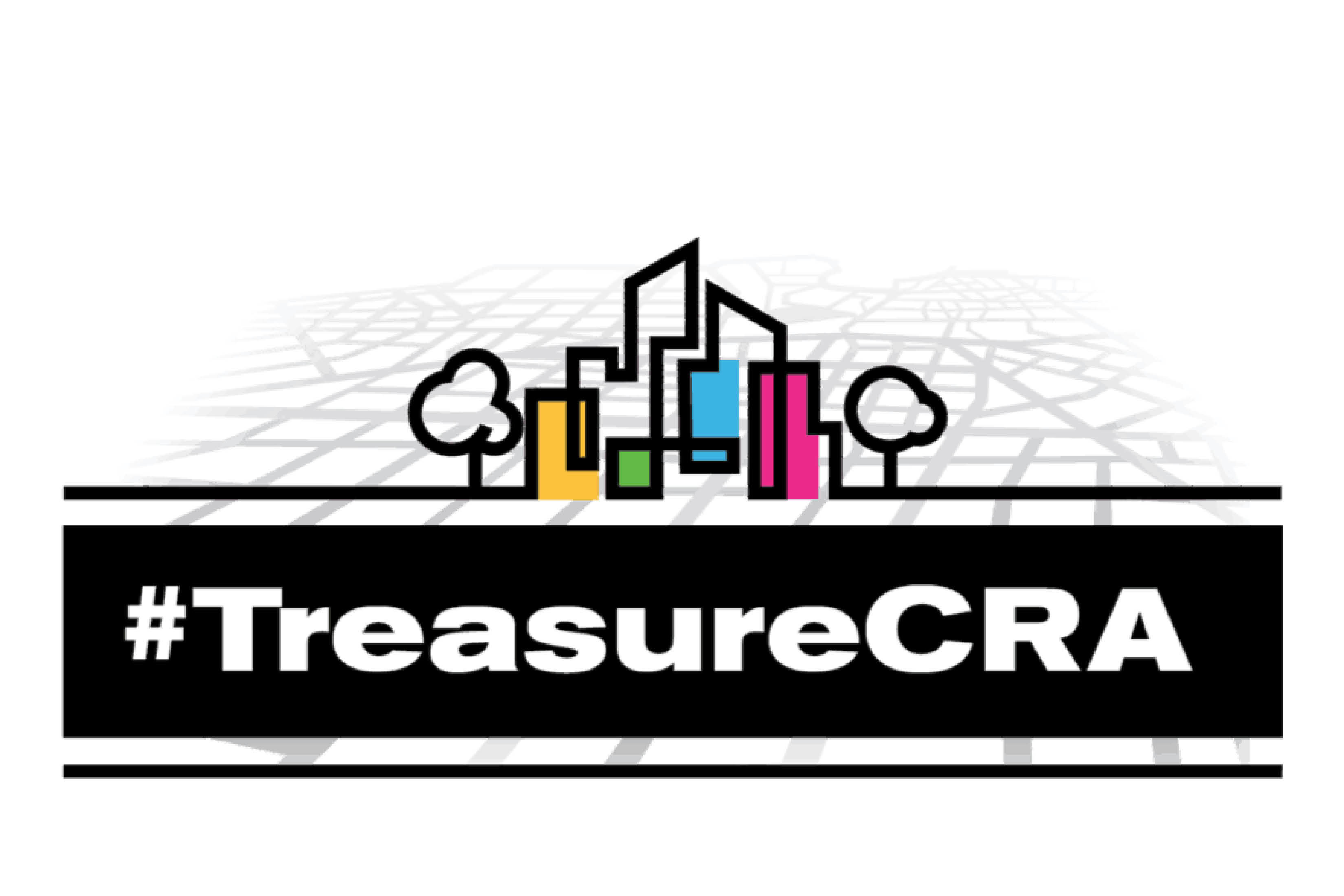What FICO 10 Means For Your Credit Score

Feeling good about your credit score? A new scoring model could change that, but probably not drastically. FICO announced today that it’s rolling out FICO 10, the latest version of its scoring model used by lenders to calculate your credit score.
It’s actually releasing two versions: FICO 10 and FICO 10 T. The latter provides a view of your credit use over the past 24 months, considering the history of elements like your account balances. (VantageScore already does this with VantageScore 4, its latest version.) It’s the version more likely to have an impact on your score, which is typically a snapshot of your activity rather than a holistic view.
FICO anticipates that about 110 million people will see their score change “less than a 20-point swing” in either direction under the new model, according to CNBC. Consumers with personal loans may be more likely to see their scores drop, since a personal loan is considered more risky than a student loan or one for a car or house.
You’re most likely to see a change in your score if your lender uses FICO 10 T and you’ve had a credit misstep—like a 30-day-late payment—in the past year.
“They’re going to try to smooth out the peaks and valleys,” explained Ted Rossman, industry analyst at CreditCards.com. “A temporary spending spike such as a vacation or holiday shopping won’t hurt your credit score as much if you generally keep your credit utilization low.”
Matt Schulz, chief industry analyst at CompareCards, said that ability to look at trends over time is important, even if it may feel uncomfortable. “It’s much easier to make informed judgments about the state of someone’s finances if you can look at how they’ve trended over a series of months rather than looking at each month in a vacuum. It’s like when your kid wants to borrow the car keys,” he said. “If the kid has handled them responsibly for months without incident, you’ll feel good about handing them over. If your kid has mostly done well but also has a speeding ticket and a few missed curfews in the past year, you might not be as trusting.”
Knowing you might be graded with this new version could prompt you to be extra diligent about your credit history.
FICO 10 Suite will be available to lenders starting this summer, so you won’t see any changes to your score until a lender pulls your credit report via the new version. If you can view your FICO score via your bank account or credit card issuer, they could be using any version they please to generate your score. Bank of America, for instance, using FICO Score 8.
If you use a free service like Credit Karma, you might not even be seeing a FICO score—a lot of financial services still use VantageScore 3 to generate credit scores.
So it’s less important to worry about the scoring model and version lenders are using and more important to focus on your good financial habits.
“None of these moves change the basics of credit,” Schulz said. “Good credit is still about three things: paying your bills on time every time, keeping your balances as low as possible and not applying for too much credit too often. Do those three things repeatedly over the years and your credit will be just fine.”


